SEVEN PILLARS HOUSE OF WISDOM
presents
The Seven Pillars
Journey Toward Wisdom
Paintings and Illustrations by Cecil Collins
Original Music by Kane Mathis, Yuval Ron and Bisan Toron
Videos Featuring Pir Zia Inayat-Khan
Recorded Narrations by Pir Zia Inayat-Khan and Deepa Patel
Prologue
Seven Pillars
House of Wisdom
 elcome, fellow seeker of truth and wonder! Welcome to this house of wisdom, a house without walls, open to the sky. This is a place of exploration where all are invited to awaken to the living wisdom that is emerging here and nowin our bodies and minds, our hearts and spirits; in nature and the cosmos; in religion, science and the arts; and in our relationships and encounters with each other.
elcome, fellow seeker of truth and wonder! Welcome to this house of wisdom, a house without walls, open to the sky. This is a place of exploration where all are invited to awaken to the living wisdom that is emerging here and nowin our bodies and minds, our hearts and spirits; in nature and the cosmos; in religion, science and the arts; and in our relationships and encounters with each other.
Throughout history, wisdom streams from around the worldAfrica, the Americas, the Far East, the South Pacificincluding indigenous peoples and feminine mystery schools everywhere, have deposited precious insights about our life journey upon the delta of human experience. And, from ancient times, visionary rulers, patrons, philosophers, and contemplatives have established great libraries and institutes devoted to the preservation and expansion of knowledge, such as the Platonic Academy of Athens, the Library of Alexandria, the Bayt al-Hikma of Baghdad, the Platonic Academy of Florence, the Ibadat Khana of Agra, Drepung Loseling in Tibet, and the Bodleian Library at Oxford.
These wisdom houses have served as centers where scholars, scientists, and philosophers gathered to engage in study, research, and discourse in the sciences and liberal arts, including mathematics, astronomy, medicine, chemistry, zoology, and geography, as well as cosmology, comparative spirituality, and mystical theology, yielding many original contributions to our storehouse of learning.
Seven Pillars House of Wisdom is a contemporary expression of this venerable impulse to advance our shared global culture. It is a new hub of learning being built in response to the cry within humanity for deeper understanding to meet the extraordinary challenges of our time. This House is designed with a more open architecture encompassing a broad array of people without bounds of geography or social position, while maintaining the dedicated milieu needed to cultivate a wisdom stream for our time. It is not a house of stone, but one composed of those who are drawn to build it, people of every kind, bearing no vestige of political patronage or religious bias, where body and spirit, as well as intellect, are honored. It offers an environment for collective discovery and creativity, a place to explore both inner and outer worlds anew. It is meant to galvanize momentum for new values, models, and pathways to nurture the hopes of humanity and address the pressing needs of the world at this precarious hour.

 Play Prolog animation at 7pj.org/book#prolog
Play Prolog animation at 7pj.org/book#prolog  Play Prolog animation at 7pj.org/book#prolog
Play Prolog animation at 7pj.org/book#prolog
The Royal Library of Alexandria

The Royal Library of Alexandria, or Ancient Library of Alexandria, in Alexandria, Egypt, was one of the largest and most significant libraries of the ancient world. It was dedicated to the Muses, the nine goddesses of the arts. It flourished under the patronage of the Ptolemaic dynasty and functioned as a major center of scholarship from its construction in the 3rd century BC until the Roman conquest of Egypt in 30 BC. With collections of works, lecture halls, meeting rooms, and gardens, the library was part of a larger research institution called the Musaeum of Alexandria, where many of the most famous thinkers of the ancient world studied. (Wikipedia)
Platonic Academy of Athens

The Academy (Ancient Greek: ) was founded by Plato (428/427 BC 348/347 BC) in ca. 387 BC in Athens. Aristotle (384 BC 322 BC) studied there for twenty years (367 BC 347 BC) before founding his own school, the Lyceum. The Academy persisted throughout the Hellenistic period as a skeptical school, until coming to an end after the death of Philo of Larissa in 83 BC. Although philosophers continued to teach Platos philosophy in Athens during the Roman era, it was not until AD 410 that a revived Academy was re-established as a center for Neoplatonism, persisting until 529 AD when it was finally closed down by Justinian I. Before the Akademia was a school, and even before Cimon enclosed its precincts with a wall, it contained a sacred grove of olive trees dedicated to Athena, the goddess of wisdom, outside the city walls of ancient Athens. (Wikipedia)
The Ibdat Khna of Agra

The Ibdat Khna (House of Worship) was a meeting house built in 1575 CE by the Mughal Emperor Akbar (r. 15561605) at Fatehpur Sikri to gather spiritual leaders of different religious grounds so as to conduct a discussion on the teachings of the respective religious leaders. Akbar built the Ibdat Khna originally as a debating house open only to Sunni Muslims, but following a series of petty squabbles which turned ugly, Akbar encouraged Hindus, Roman Catholics, Zoroastrians, Jains and even atheists to participate. Religious leaders and philosophers from around this diverse empire, as well as those passing through, were invited to Akbars gatherings. (Wikipedia)
Bodleian Library at Oxford

Regarded as a masterpiece of English Gothic architecture, the Bodleian Library is one of the oldest libraries in Europe and today serves as the main research library of the University of Oxford.The Bodleian Library was originally Bodleys Library and has been known informally to centuries of Oxford scholars as the Bod. The library opened in 1602 with a collection of 2,000 books assembled by Thomas Bodley of Merton College. The new library replaced one that had been donated to the Divinity School by Duke Humphrey of Gloucester (brother of Henry V of England), but had dispersed in the 16th century. In 1610, Bodley made an agreement with the Stationers Company in London to put a copy of every book registered with them in the library. The Bodleian collection grew so fast that the first expansion of the building was required in 16101612, and another in 16341637. When John Selden died in 1654, he left the Bodleian his large collection of books and manuscripts. (Sacred Destinations)
Introduction
 he Journey of The Seven Pillars is an odyssey of discovery through myriad passages and perspectives of your life. Signs and wonders await along the way. Perhaps a message will be revealed, gently urging you forward to recognize your unique gifts and to bring them into the community of life.
he Journey of The Seven Pillars is an odyssey of discovery through myriad passages and perspectives of your life. Signs and wonders await along the way. Perhaps a message will be revealed, gently urging you forward to recognize your unique gifts and to bring them into the community of life.
Next page
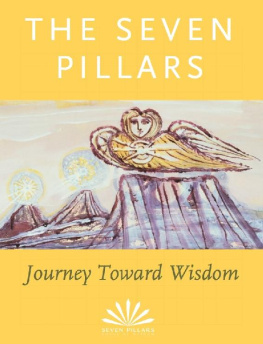
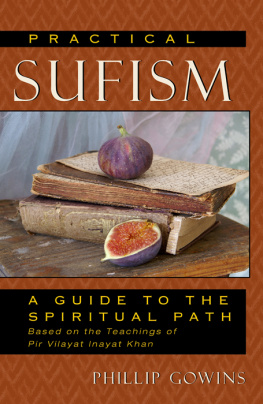




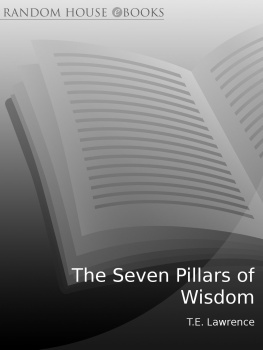
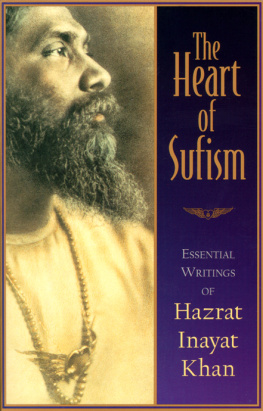

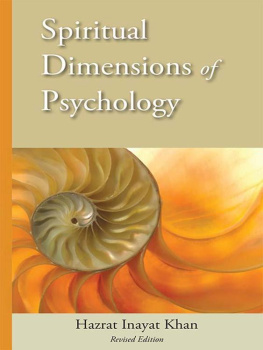
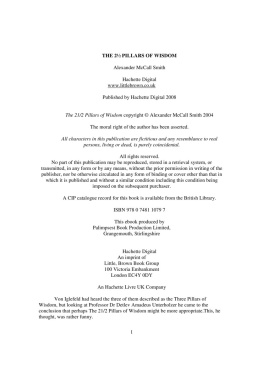
 elcome, fellow seeker of truth and wonder! Welcome to this house of wisdom, a house without walls, open to the sky. This is a place of exploration where all are invited to awaken to the living wisdom that is emerging here and nowin our bodies and minds, our hearts and spirits; in nature and the cosmos; in religion, science and the arts; and in our relationships and encounters with each other.
elcome, fellow seeker of truth and wonder! Welcome to this house of wisdom, a house without walls, open to the sky. This is a place of exploration where all are invited to awaken to the living wisdom that is emerging here and nowin our bodies and minds, our hearts and spirits; in nature and the cosmos; in religion, science and the arts; and in our relationships and encounters with each other.
 Play Prolog animation at 7pj.org/book#prolog
Play Prolog animation at 7pj.org/book#prolog 



 he Journey of The Seven Pillars is an odyssey of discovery through myriad passages and perspectives of your life. Signs and wonders await along the way. Perhaps a message will be revealed, gently urging you forward to recognize your unique gifts and to bring them into the community of life.
he Journey of The Seven Pillars is an odyssey of discovery through myriad passages and perspectives of your life. Signs and wonders await along the way. Perhaps a message will be revealed, gently urging you forward to recognize your unique gifts and to bring them into the community of life.